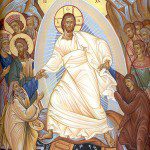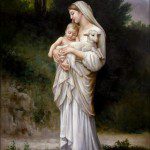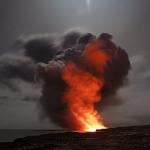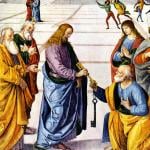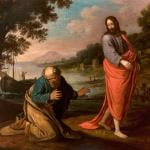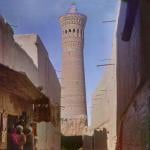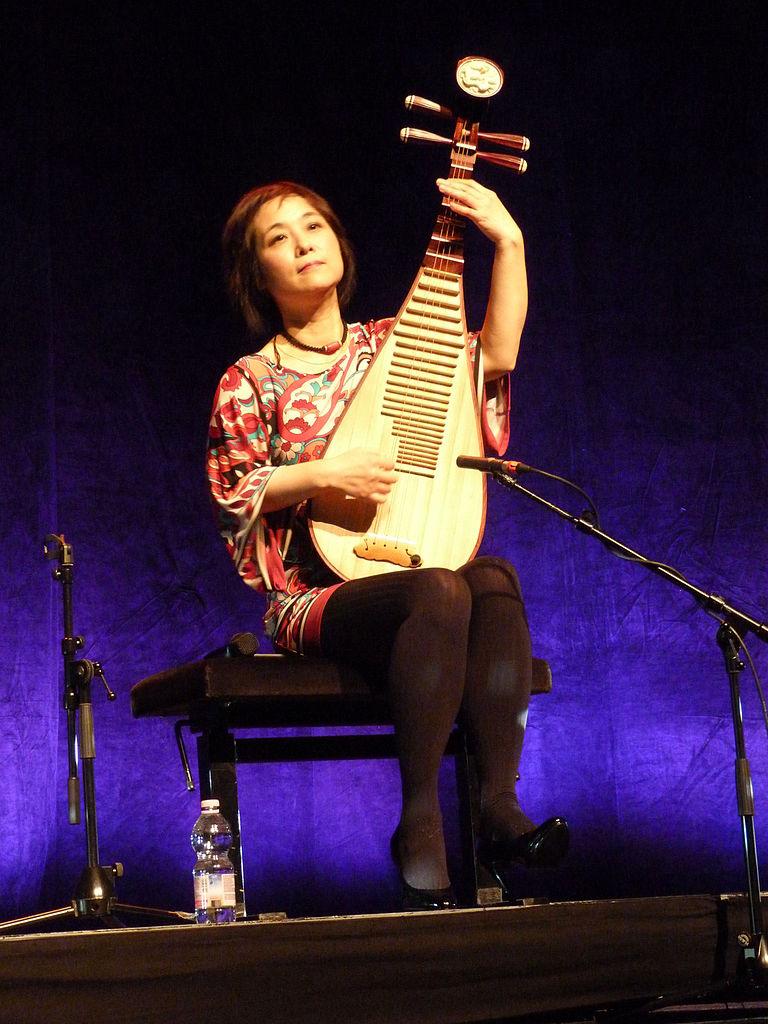
(Wikimedia Commons public domain photo)
We’re just back from a concert at BYU featuring the great pipa virtuoso Wu Man, along with the Huayin Shadow Puppet Band. It was great fun.
This is the second time that we’ve seen Wu Man at BYU. She’s a marvelous performer and, from what I can tell (and based on some very slight interaction with her), a very nice person. The pipa is an instrument related to the Middle Eastern ‘ud (or oud) and the Western lute — and, more distantly, to the guitar — that arrived in China via the Silk Road around (so she says) two thousand years ago. (The word lute derives, very possibly, from Arabic al-‘ud (العود — which literally means “the wood,” al- being the Arabic definite article.)

But the sound of the pipa is, to me anyway, quintessentially Chinese. Here is Wu Man in a 2009 performance:
“White Snow in the Sunny Spring”
***
A short note from my continuing manuscript on Islam for a Latter-day Saint audience:
A field closely related to astronomy is calendrics, the making of calendars. It is not easy, since the earth is unfortunately uncooperative and does not revolve around the sun in precisely 365 days— to say nothing of other complications. Here, a major figure is Omar Khayyam, who is best known in the West as the author of the famous Rubaiyat, translated into English by Edward Fitzgerald. But Omar Khayyam is not particularly well known in his native Iran as a poet. Instead, he is regarded as a great mathematician and astronomer. And justly so. His calendar loses only one day in 5000 years, whereas the Gregorian calendar that we currently use in the West loses one day in 3500 years.
Our English word almanac has a colorful derivation. Today it can refer to an annual publication on sports or theater or almost any subject, but its original English usage—as in Poor Richard’s Almanach, published by Benjamin Franklin—was for an annual publication that included a calendar with times of sunrise and sunset, astronomical data, and other miscellaneous information. The presence of the “al-“ is a hint that almanac might be connected with the Arabs, and, in fact, it is. The Arabic root n-w-kh is related to kneeling. A noun derived from this root, munaakh, originally meant a “halting place,” “a place where camels kneel down.” Soon, it came to mean a “place of residence.” Then it began to refer to the quality of that place and especially to its weather. Thus, today, the word munaakh or manaahh can mean, simply, “weather” or “climate.” And it is from this, the idea of kneeling camels, that we have today’s almanacs.






